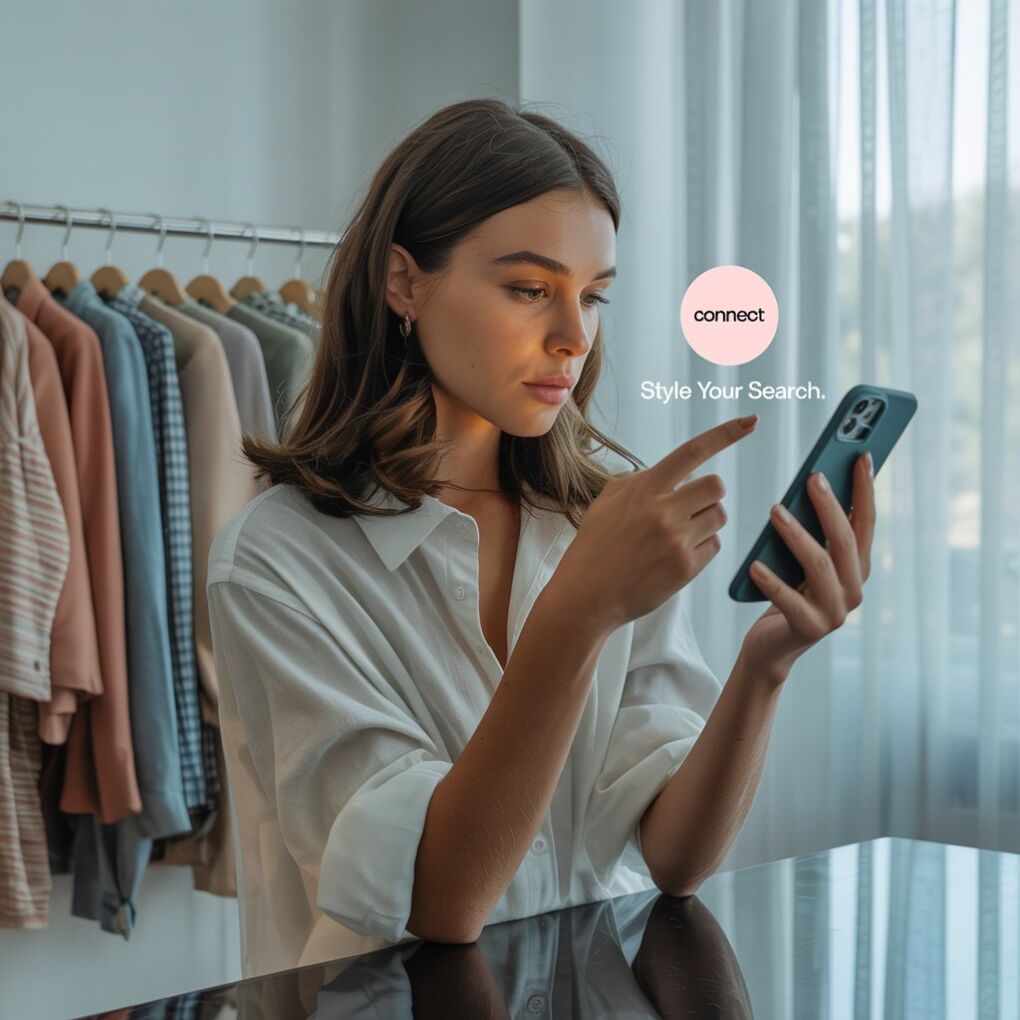Table of contents
- Social media and fashion morph into one
- A form of personal branding
- Building unrealistic expectations
- Is lowering expectations the key to better dates?
- Expectations vs. standards
- Accepting rejection is key
- Conclusion

Social media and fashion morph into one
A 2024 study showed that social media marketing significantly affects consumer decisions, especially for younger people who interact with brands on digital platforms more frequently. Researchers used quantitative analysis of a sample of 250 respondents to evaluate the effect of Facebook, Instagram, and YouTube on fashion trends and sales.
A recent survey of 520 participants also explored the connection between fashion and social media. The majority (55%) were aged 18–34, 60% female, and 40% male. 85% used Instagram daily, 60% used TikTok daily, 40% accessed Pinterest weekly, and 35% opened Facebook once a week.
The majority of participants (78%) discovered fashion trends mainly via social networks. Influencers impacted the fashion choices of 65% of respondents “significantly,” and 70% had bought fashion items after seeing them on social media.
A form of personal branding
What role does fashion play in the connection between social media and dating? Social media has turned fashion into a form of personal branding. In dating, your “aesthetic” can often speak louder than your personality. On Instagram or TikTok, a potential match might decide if you’re “their type” based on your outfit before they even read your bio. This hyper-visual culture elevates curated style over personality, pushing people to present a compartmentalized version of themselves: clean girl, streetwear king, etc.
The pressure to dress like a trend instead of a person can create shallow impressions, where you’re swiping on an image, not a human. It may also discourage individuality and authenticity in dating spaces that prioritize how you look over who you are.
Building unrealistic expectations
At the same time, the obsession with visual perfection can raise unrealistic expectations about how a partner should look. We’re now dating people’s online personas, complete with brand-name clothes, coordinated outfits, and perfect lighting. It can lead to feeling inadequate or overly critical in our relationships. A good date isn’t about feeling a connection, but about looking cute enough to be posted.
Fashion has always been a form of expression, but in the era of social media, it’s becoming a filter through which we judge compatibility before giving love a chance. This visual-first approach often leads to a mismatch between online perception and offline reality. People may feel pressure to maintain a certain look, not because it reflects their personality, but because it performs well online. This disconnect can create emotional fatigue in dating, as individuals feel compelled to perform rather than connect.
Is lowering expectations the key to better dates?
The word “over” is dating’s worst enemy. Over-romanticizing, overthinking, over-texting, over-speculating, and especially over-expecting. The contagious, unforgiving prefix has firmly taken hold in the world of dating. It finds its way into our minds on the first date. We create an unrealistic environment where over-romanticized dreams become reality, and our dates do exactly what we expect them to do, except it never actually happens.
The more we expect someone to meet our fantasy, the less likely we are to see the real person in front of us. Lowering expectations doesn’t mean settling. It means being open to people as they are, not as social media has trained us to want them to be.
Expectations vs. standards
Standards are how people feel they should be treated, coinciding with dating desires. Not everyone meets our standards because romantic compatibility simply isn’t universal. Disappointment sets in when we meet a new person and expect them to make all our romantic wishes come true. Rather than seeing the possibility of the person in front of us, we only perceive our unmet expectations.
Healthy standards include respect, kindness, honesty, and emotional availability. They are essential. But unrealistic expectations—like aesthetic perfection or constant validation—often stem from comparing real people to curated social media images.
Accepting rejection is key
Some surveys and studies suggest that rejection rates in romantic contexts range from around 30% to as high as 70%, depending on the context. Being open to possibilities is key. While openness does not guarantee you will fall in love with your next date, it does help you accept the possibility of rejection or connection. One cannot exist without the other. Low expectations and openness make room for opportunity.
People need rejection to become ready for a satisfying connection. When rejection happens, the positives are hard to see, but low expectations prepare people for this moment. Dating in a world shaped by filters and likes can feel like navigating a maze of illusion and performance. But when we accept that rejection is not a reflection of our worth—and that compatibility can’t be judged by clothing alone—we give ourselves a better chance at finding something real.
Conclusion
Social media has made fashion a loud, visual part of our dating identities. From curated aesthetics to swipeable first impressions, it’s easy to let outfits define attraction. But underneath the filters and designer labels, real connection still matters.
By distinguishing standards from inflated expectations, and embracing authenticity over perfection, we allow dating to be what it was always meant to be—an unpredictable, human experience. Fashion will always play a role in attraction, but it shouldn’t replace character. Love doesn’t need a dress code; it needs vulnerability, honesty, and openness.
In an era where we can edit everything, learning to show up unfiltered may be the most attractive trait of all.
